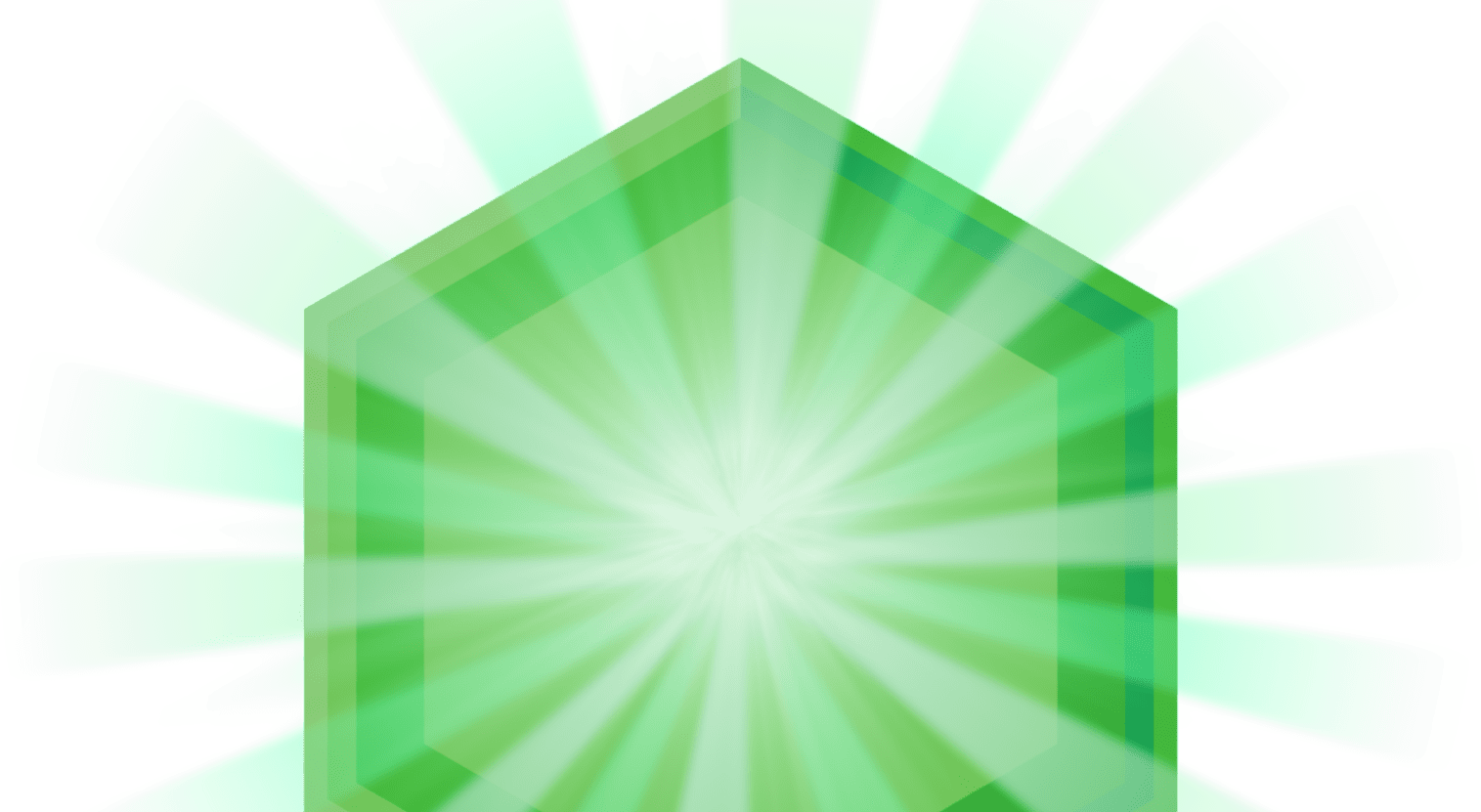
Choosing the Right Allergy Medicine for Toddlers
As a parent or guardian, it’s only natural to feel concerned when your toddler starts showing allergy symptoms. Pesky allergens can enter your toddler’s system and cause them to start sneezing or suddenly develop an itchy throat. Choosing the right allergy medicine for your children can be a difficult process as well, especially if they are young toddlers. Read more to learn about allergies in toddlers, what causes them, and the different medicine options available.
Allergies in toddlers
Children and toddlers get sick often, but allergy symptoms are a little different from cold symptoms. Sneezing that lasts for a long time paired with a stuffy or runny nose can be caused by allergies and is often an allergic reaction to something you breathe in that lands on the lining of your nose.1 Allergies are commonly experienced by young children, so it is very possible that your child is experiencing allergies if they are sneezing frequently or have a stuffy nose. Up to 40 percent of children suffer from allergies, and they are more likely to develop allergies if one or both parents have allergies as well.1
Nasal allergies in children and toddlers can be triggered by many different factors. One of the most common causes of nasal allergies in young children is pollen, which can be found in trees, grass, weeds, and molds.2 Pollen allergies usually begin in children between ages 2-5. Pollen symptoms are rare in children under two years old because they require at least two seasons of exposure to pollen.2 Other common causes of nasal allergies include pets (cats, dogs, rabbits, etc.) and house dust.2
Allergy medicines for toddlers
There are a variety of ways to treat allergy symptoms in toddlers. Allergy medications must be given daily, and if your toddler’s allergies are caused by pollen then they must use their medications for two months or longer during pollen season.2
Antihistamine pills
Antihistamines are a class of drugs that are commonly used for allergy symptoms and can control symptoms like runny nose, nasal itching, and sneezing.2 Antihistamines are used to block the action of histamine, which is a chemical that is involved in local immune responses such as allergen exposure.3 Too much histamine can be produced if the body is overly sensitive and overreacting to an allergen, which causes a variety of allergy symptoms.
Short-acting antihistamine pills do not require a prescription and should be given every 24 hours. The FDA cautions that even though a product’s box may state that it is intended for children, it may not be meant for children of all ages.1 Thoroughly check the label of the pill to make sure that the product is suitable for your toddler.
Long-acting allergy medicines
You can also give your toddler a long-acting allergy symptom relief medicine that lasts 24 hours for continuous symptom relief. As mentioned before, check the label to make sure your toddler can use the medicine. The benefit of taking long-acting allergy medicine is that it lasts all day.2 When giving long-acting allergy symptom relief medicines to children ages 2-5, give 2.5 mg (2.5 mL or ½ teaspoon) of liquid syrup once daily in the morning.2
Nasal sprays
Nasal sprays are another effective way to get rid of your toddler’s allergy symptoms. You can use a gentle, over-the-counter corticosteroid nasal spray like Children’s FLONASE SENSIMIST Allergy Relief for allergy symptoms. Children’s FLONASE SENSIMIST Allergy Relief is kid-friendly for ages 2 and up and relieves the worst allergy symptoms, including nasal congestion, sneezing, itching, watery eyes, and runny nose.4 When used correctly, one dose of FLONASE SENSIMIST can provide your child under 2 years of age with all-day relief from allergy symptoms. Children should use this product for the shortest amount of time necessary to achieve symptom relief. Talk to your child’s doctor if your child needs to use the spray for longer than two months a year.
How to use nasal sprays on young children
Having your younger child take pills and syrups doesn’t usually require too much effort, but nasal sprays can be a little trickier to use. Children’s FLONASE SENSIMIST is not indicated for children under 2 years of age, so be sure to avoid using this product on children who are too young. Here’s a step-by-step process on how to properly use a nasal spray on your child:5
Step 1. Have your child blow their nose to clear out any mucus.
Step 2. Have them sit down as you stand or squat in front of them.
Step 3. Make sure your child’s head is slightly tilted down. This will prevent the medicine from draining back into their throats.
Step 4. Insert the nozzle straight back and tilt outward toward their ear or eye on that side.
Step 5. Squirt the nasal fluid one or two times into their nose.
If you are using Children’s FLONASE SENSIMIST Allergy Relief on your child, you can watch instructional videos on how to properly use the nasal spray. You can also find tips on choosing the right allergy medicine for older children to make sure every child in the family is being properly treated for allergy symptoms.
Sources:
- Allergy Relief for Your Child. U.S. Food and Drug Administration. https://www.fda.gov/consumers/consumer-updates/allergy-relief-your-child Accessed 7/9/2021.
- Hay Fever. Seattle Children’s Hospital. https://www.seattlechildrens.org/conditions/a-z/hay-fever/ Accessed 7/9/2021.
- Antihistamines. Cleveland Clinic. https://my.clevelandclinic.org/health/drugs/21223-antihistamines Accessed 7/9/2021.
- Children’s Flonase Sensimist Allergy Relief. FLONASE. https://www.flonase.com/products/childrens-sensimist/ Accessed 12/16/2021.
- Using a Nasal Spray for Your Child. Nationwide Children’s Hospital. https://www.nationwidechildrens.org/family-resources-education/health-wellness-and-safety-resources/resources-for-parents-and-kids/how-to-use-an-epipen/epinephrine-myths-and-facts/using-a-nasal-spray-for-your-child Accessed 7/9/2021.



